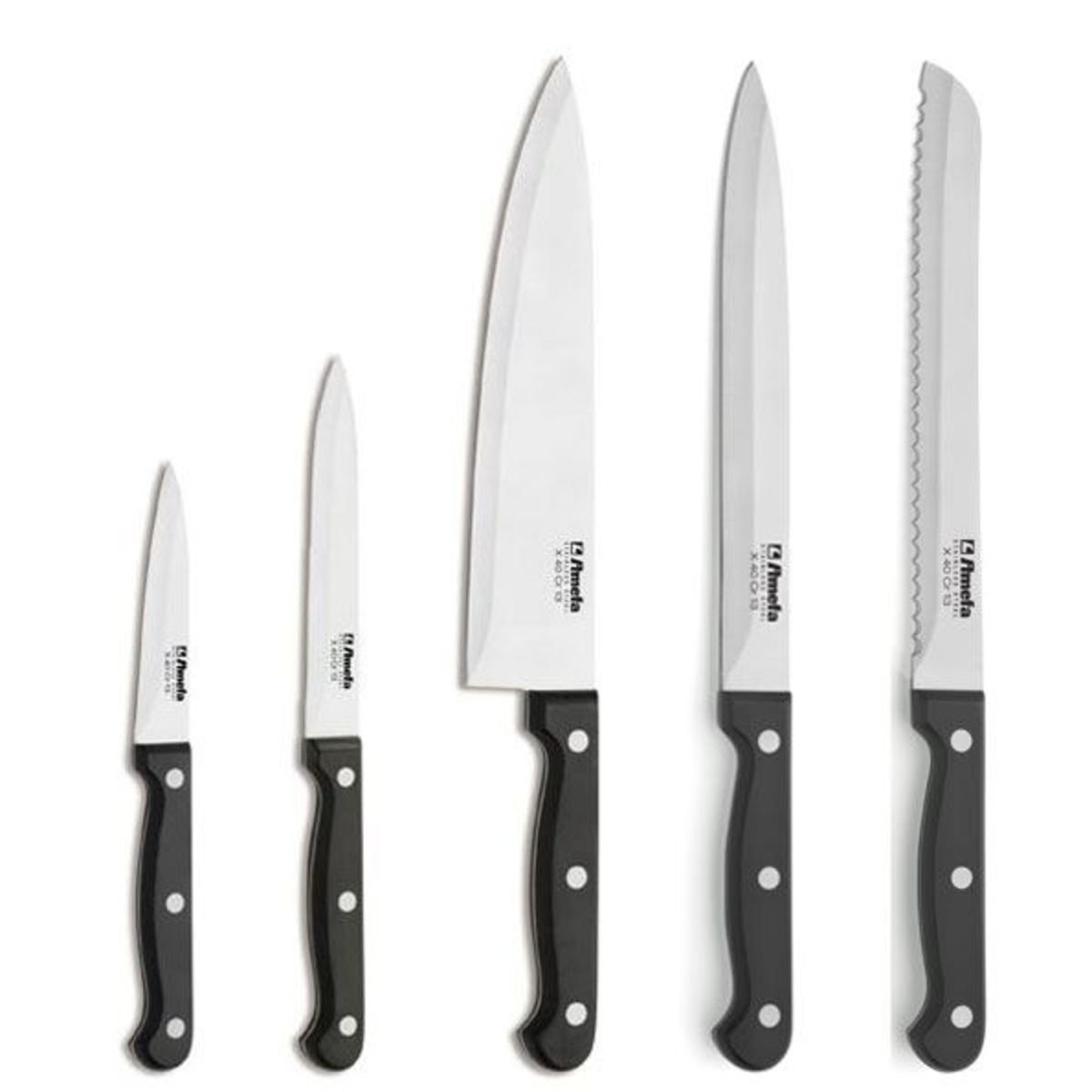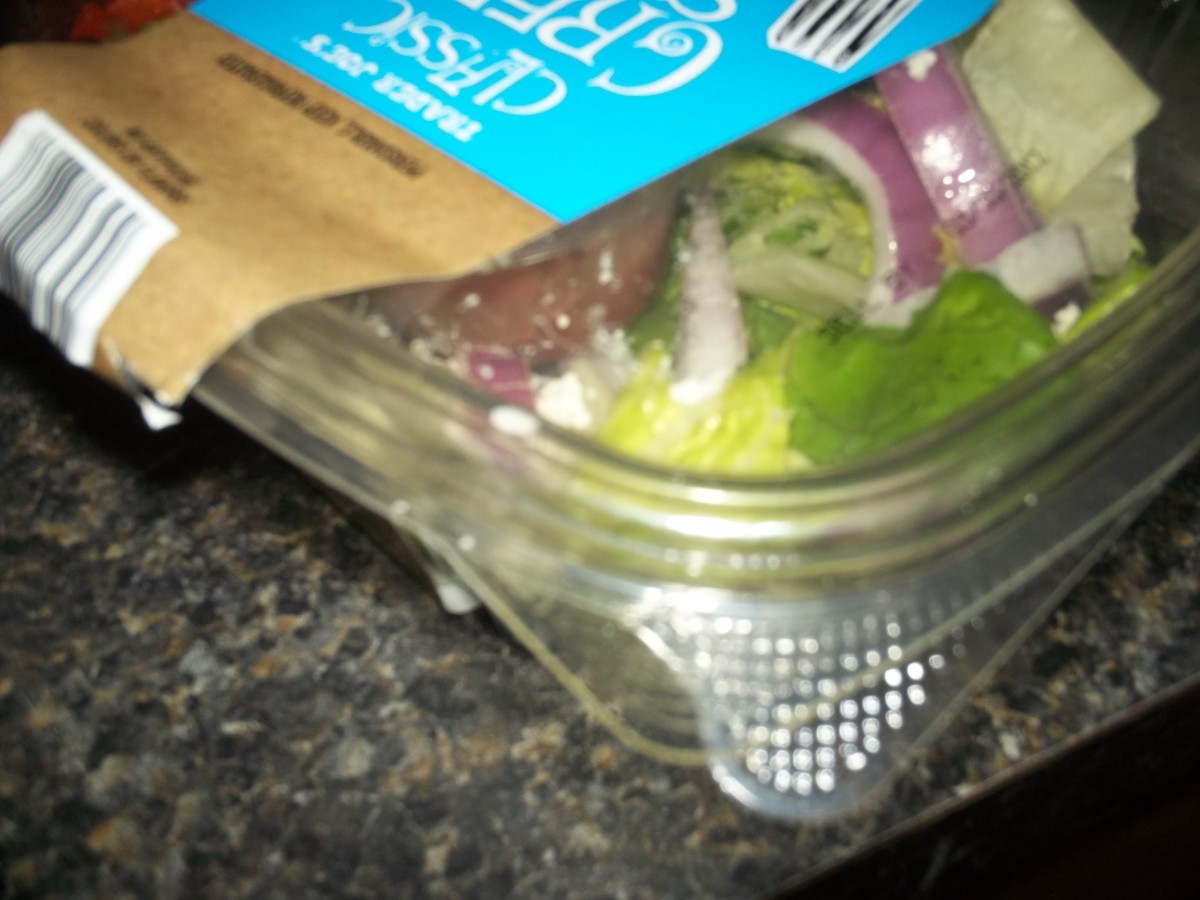Ceramic Knife Care: How to Properly Use and Maintain Ceramic Cutlery
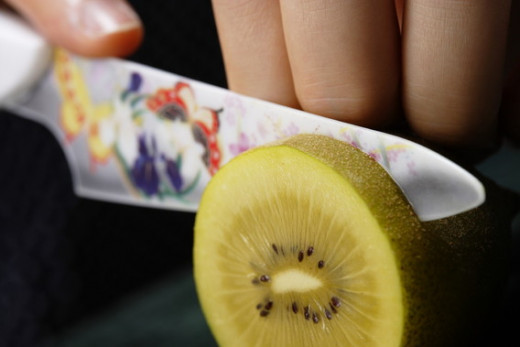
So, lets say you just bought that nice, spankin' new snazzy ceramic knife from amazon or ebay after your saw some ads on the internet/TV. You take it out of the box without caring about that tiny booklet that came with it, and put it to work.
After slicing comfortably through many things, you notice its performance has somehow sharply dropped, or that there's nicks in the blade, or it may have even (somehow) broken apart, leaving dangerous specially sharp ceramic shards that you have to deal it, and possibly have to remove from whatever food item you were trying to cut.
You now believe you got scammed and that your knife was actually some sort of knockoff.
What you don't know is that, unsurprisingly, ceramic knifes have different proprieties that set them apart from normal knives, requiring special care and maintenance to deliver ideal performance.
Read on to find out several ceramic knife facts, and general tips on how to use and maintain your knew and possibly rather expensive kitchen implement!
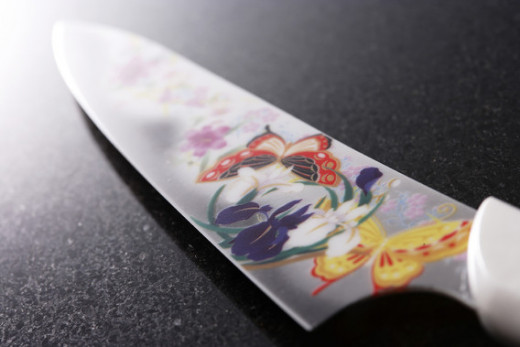
Why Ceramic? What Are the Advantages And Disadvantages Of Ceramic Knives?
Ceramic knives were first introduced as consumer-level cutting tools by Kyocera, a multinational electronics and ceramics company. Before that, ceramic was only used as cutting tool material in industry.
The most obvious advantage of using ceramic as knife material are:
- Ceramic knives are not subject to rust, even when exposed to harsh conditions that favor it, since ceramic is not a metal;
- Ceramic is a non magnetic material, which allows the knife to be safely used in environments where magnetic force is present;
- At room temperature, ceramic does not conduct electricity, thus greatly lowering the chance of electrical shock;
- Not only will ceramic not rust, it is also resistant to other forms of corrosion such as from strong acids or other caustic substances;
- Most importantly, ceramic knives are capable of retaining a cutting edge for significantly longer in comparison to metallic knives;
- Ceramic has very good molecular consistency and is not porous. This means a ceramic knive will not retain odors from the things it cut, after it is washed. As such, it is also very unlikely it will retain contaminants from things it has cut, thus reducing the risk of your food being contaminated with bacteria or tastes from foodstuff the knife has previously cut. This also makes it very easy to clean;
- Ceramic knives are also significantly lighter than metallic ones. This makes them much easier to handle;
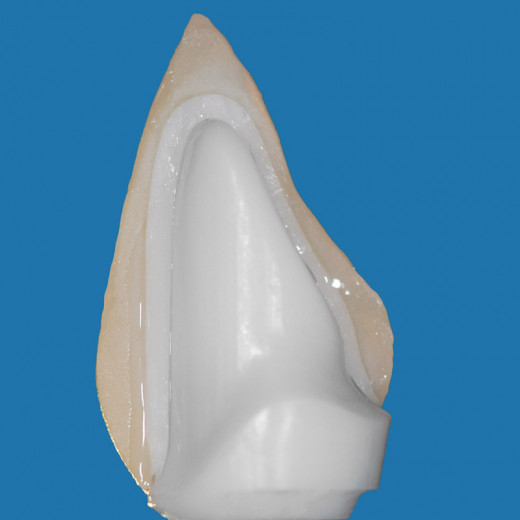
Obviously, there are also disadvantages:
- Ceramic knives aren't exactly cheap, being significantly more expensive than their metal counterparts;
- Easily the biggest drawback, due to the proprieties of the material, ceramic knives can not be used as all purpose knives. While ceramic is a very hard material, it is brittle, meaning that it can break under conditions and stress in which a metal knife would simply bend slightly. As such, they aren't to be used for cutting hard foods, and need special care when used with other implements, such as cutting boards. Putting too much stress on the blade can even cause a catastrophic failure;
That last bit scared you, yea? This is why you should keep reading.
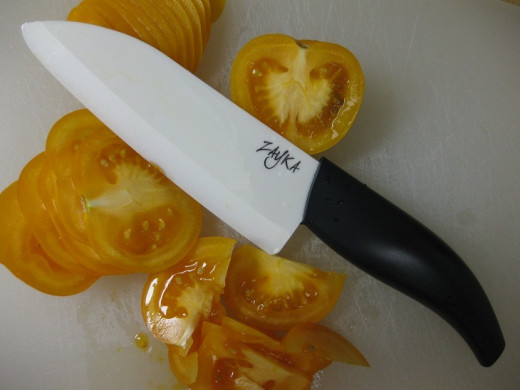
Proper Usage Of Ceramic Knives
Keep in mind that the main perk of ceramic knives is their ability to retain an edge for much longer than metal knives. This is due to ceramic being a much harder material than pretty much any metal. However, due to that very same quality, when damage does happen, it is much harder to fix, IE sharpen the blade.
Here's some tips on what you should NOT do with your ceramic knife:
- Cutting hard foodstuffs: a ceramic knife is not good for cutting frozen food or tough food in general. The stress on the blade can cause it to chip, create nicks on the blade or even cause a catastrophic failure;
- Bones: ceramic knives are not to be used to chop through bones. Not only is the knife inefficient for cutting bones, since it is very light and thus doesn't carry much energy if beaten against bone, it will also chip easily depending on how the knife hits the bone, and the material doesn't respond well to twisting movements, often used to separate bone pieces;
- Using a ceramic knife as anything but a kitchen knife is a very bad idea. Trying to use it to pry open stuff will likely only end up damaging the point or the edge, and cutting stuff like plastic with it may damage the cutting edge in the long run. Always remember that a kitchen knife is a NOT a survival or multi use knife;
- You should never use the side of the ceramic knife to crush garlic, herbs, etc. Ceramic blades do not have the malleability and the ability to absorb impact that a metal blade does;
When ceramic knives are properly use, they make wonderful tools. They're ideal for cutting any soft food such as lean meats, fruits and softer vegetables, They're great when precision is important,and so sharp that you can make one single, continuous cut. Thus, they're great for making sushi and dealing with non shelled seafood in general, specially since the blade does not retain tastes and odors from the things it cuts, which is quite important when dealing with seafood.
And Some Glorious Kyocera Products
Proper Care And Sharpening
As explained before, ceramic knives can last a very long time with proper care, and hold an edge for much longer than metal knives. Here's some care and maintenance tips to keep your ceramic blade in tip top shape:
- Store your ceramic knife properly. This can be done using knife blocks or knife trays. If you want to keep your ceramic knife in a shelf along with other instruments, its very recommended that you put it in a special sheath, easily available online. Avoid touching the blade on any surface that doesn't belong to something you want to cut;
- Use cutting boards made of softer materials, such as bamboo, wood, or plastic. Avoid stone and glass cutting boards;
- Do not wash or leave your ceramic knife in a dishwasher. The rattling caused by the dishwasher can bash the ceramic blade on other things, causing it to chip or crack;
Properly used and stored, a ceramic knife will keep its edge sharp for a long time, but it will eventually start to lose some of its cutting power. Sharpening your ceramic knife isn't as simple as sharpening any other knife, I'm afraid, but its far from difficult. In fact, many ceramic knife manufacturers will sharpen your knife for free if you send it to them, such as Kyocera.
However, if you want to be able to sharpen it yourself, you'll need special tools. There is a myriad of sharpening tools available online, such as tool sets including a holder to keep the blade in the proper position and a diamond grit file and more expensive special electrical sharpeners.
Here's a simple video detailing the sharpening of a ceramic knife:
Thanks for reading!
If You Liked This Hub, Make Sure To Check My Other Hubs:
Reader's Poll
Do you own or use ceramic knives in your job or day to day life?
© 2015 Guilherme Radaeli



